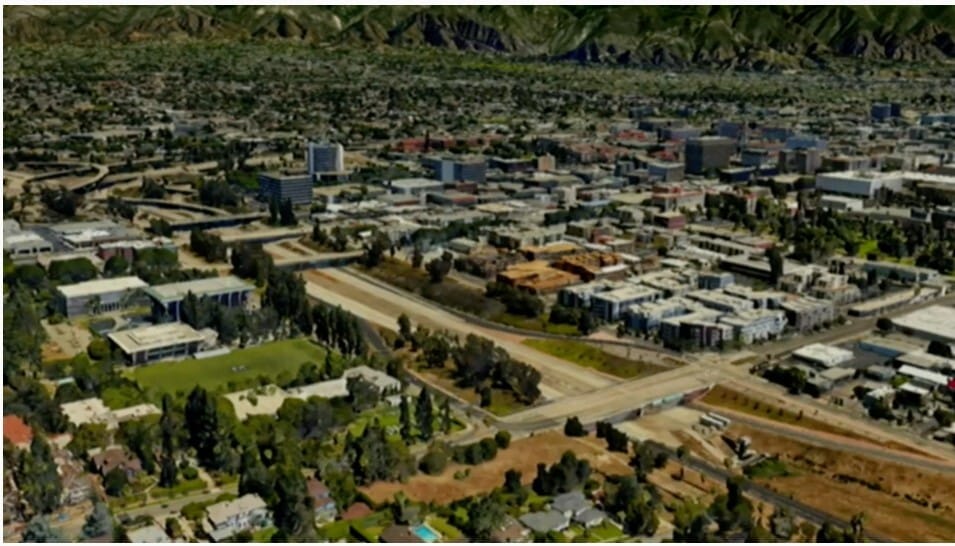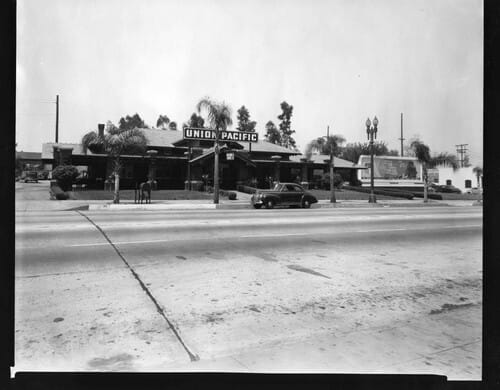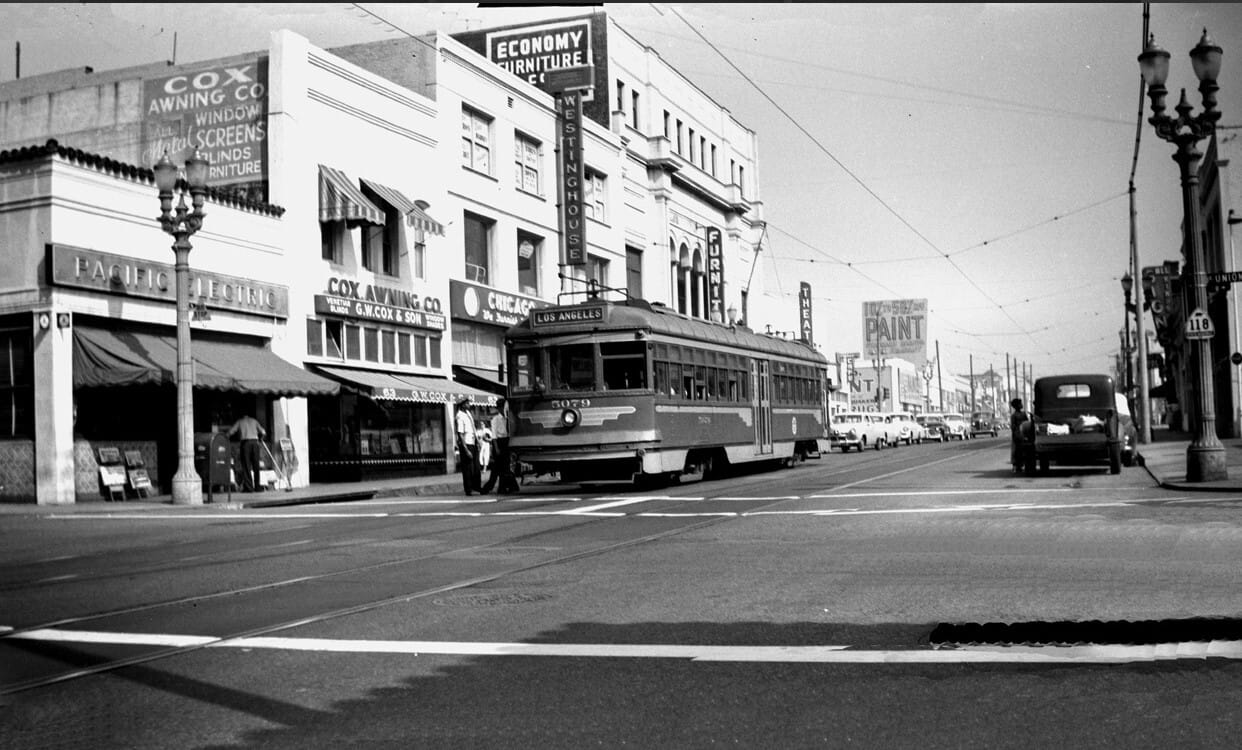- Pasadena Voices
- Posts
- 710 Freeway Stub: How Can Restorative Justice Work With Incomplete Data?
710 Freeway Stub: How Can Restorative Justice Work With Incomplete Data?
Hi Pasadena Voices Community,
The debate over the future of the 710 Freeway Stub—a decades-old project that displaced families, fractured neighborhoods, and left Pasadena struggling with traffic congestion and broken promises—shows no signs of slowing down.

City of Pasadena
Restorative Justice With Incomplete Data?
While the city has embraced restorative justice as its guiding principle, translating that vision into action is proving to be anything but straightforward.
Should restorative justice take center stage in this critical community project?
And if it does, how can the city deliver fairness and accountability when even its task force acknowledges the incomplete historical data?
A Complex History
When the 710 Freeway was planned, homes and businesses were cleared through eminent domain, but the freeway extension never materialized. Decades later, efforts to understand who was displaced—and whether they were compensated fairly—are running into roadblocks.
Even the consultants hired by Pasadena have admitted, that gathering information about those impacted by the 710 Freeway eminent domain seizures from 1968-1971 was beyond difficult.
“There are no records kept by the state about the properties purchased via hardship acquisition. We are obtaining that information as much as possible via other means.”
Data Challenges and Geographic Context
Reconstructing a clear picture of the past is no small task. Federal privacy laws restrict access to Census data from the 1960s and 1970s, and reports of displaced residents vary widely. One consultant’s report identified 60 homes demolished in the stub area, but other accounts suggest as many as 1,500 homes and 4,000 residents were displaced.
This lack of comprehensive records has fueled frustration within Pasadena’s Reconnecting Communities Advisory Group. Tasked with reimagining the freeway stub and mending the divisions it created in the community decades ago, the panel faces significant hurdles in crafting an equitable plan.
Joel Bryant, a group member, highlighted the issue at a meeting in September:
“Without the data, decisions about restorative justice become personal and biased based on what we all value.”
Adding to the complexity is the area’s historical geography. In the 1950s, 60s, and 70s, the region was dominated by businesses like Crown City Manufacturing and an extensive network of abandoned railroad tracks, remnants from the Pasadena Short Line. These industrial and commercial uses raise questions about the scale of residential displacement.

Crown City Manufacturing Company/ 241 West Green St.
Historians may find that fewer people or homes were affected than some estimates suggest. This underscores the need for thorough data collection and historical research to guide the city’s path forward.

Union Pacific Ticket Office 1945/ 205 West Colorado Blvd
Can Compensation Make It Right?
Pasadena Councilman Justin Jones has proposed reconciling past injustices by calculating the fair market value of properties at the time and comparing it to what owners were paid.
But tough even if that can be accomplished, more questions remain:
Who qualifies for compensation?
How do you determine fairness decades later?
How do you balance compensation with the community’s current needs, like traffic congestion, development, and affordable housing?
Can the city afford this?
What’s Next?
The Reconnecting Communities Advisory Group’s next meeting is scheduled for January 25, 2025, where updates on data collection and community feedback will take center stage.
We Want to Hear from You
What do you think?
Is restorative justice the right approach for the 710 Freeway Stub project?
Should other issues, like traffic, or development, take precedence?
Let us know your thoughts!
Thank you for staying engaged,
The Pasadena Voices Team
In Sponsorship With
Why This Gold Stock is Our Top Trade of the Month
Tiny Float: Just 19 million shares outstanding with strong insider ownership.
Stock Performance: Up 200% in recent years and primed for the next breakout.
Ideal Timing: Upcoming catalysts + gold pullback = prime opportunity.
This is a sponsored advertisement on behalf of Four Nines Gold. Past performance does not guarantee future results. Investing involves risk. View the full disclaimer here: https://shorturl.at/73AF8




